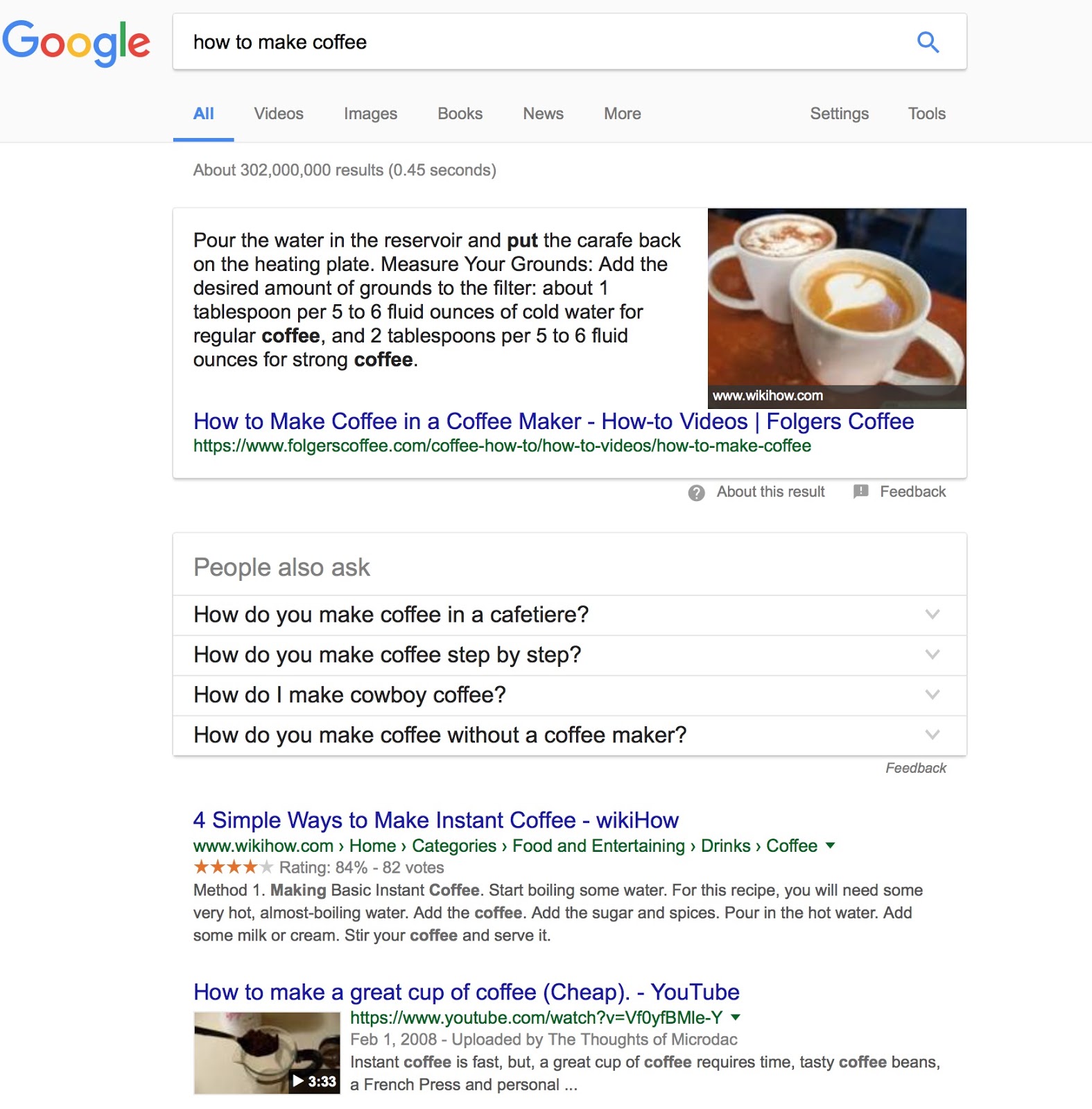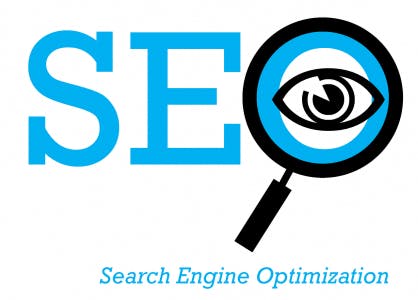Search Engine Optimization, which is also more commonly known as SEO is the process of optimizing a website to improve its ranking in the search engine results pages (SERPs).
This has to be one of the simplest definitions of SEO. However, of course, there is more to it.
For instance, what does optimization mean?
Also, what exactly are search engine results pages? Furthermore, how does one exactly improve a website’s rankings?
If you are absolutely new to search engine optimization — or the world of online marketing, per say — you might be having these questions right now. The good news is that you are the perfect place to get started.
This article explains the very basics of all these concepts and gradually introduces more and more information that you’d need to know to truly understand what search engine optimization is.
We will explain several things in this article, for instance:
- What is SEO?
- How do search engines work?
- What are search engine results pages or SERPs?
- What do search engine optimizers (SEOs) do?
- What is the importance of search engine optimization for any website or online business?
And much more.
We have already explained the very basic definition of Search Engine Optimization. Let’s dive into a bit more detail now.
How Do Search Engines Work?
The following section will not only briefly explain how search engines work but it will also help clarify search engine optimization in a bit more detail. We will expand on the definition that we provided at the beginning of this article.
Whenever someone uses a search engine (like Google, Bing, Yahoo, DuckDuckGo) he/she uses a keyword or a keyword phrase to search the internet.
Note: Since Google is by far the biggest search engine in the world right now, we will be mostly referring to it when we talk about search engines.
Based on that search query, the search engine crawlers search the entire web and come up with a list of the best and most relevant results. For instance, here is an example of the search engine result page for the keyword ‘how to make coffee’.

We selected this particular keyword phrase as our example for a reason because we wanted to introduce the different types of search results that Google often displays.
We won’t go into too much detail for each of these special search results — because that can get technical very quickly — but it is good to be able to identify the different types of results.
At the top, you can see a quick answer in the form of a card. This box is commonly known as Google Knowledge Graph and, sometimes, Google Answer Box.
After that, Google shows a bunch of related questions in the ‘People also ask’ section.
Then we have a recipe article, with special schema tags, which displays additional information about the web page, e.g., review stars, ratings, votes, etc. That is a recipe article.
Then we have a video which Google fetched from YouTube.
After the video, Google displays normal web pages on the search engine results page.
The point here is that Google (and other search engines) evaluate each web page on the basis of hundreds of search engine ranking factors and then selects the best of the best to display to the online searcher. To simplify the user experience, Google ranks all the articles.
For example, the Wikihow recipe article is ranked above the YouTube video in the screenshot. It means that Google believes that the recipe article is more helpful and relevant to the searcher than the YouTube video for this particular query.
That’s the basic premise of it.
Search Engine Ranking Factors
As we just mentioned, search engines evaluate each web page on the internet with hundreds of search engine ranking factors. Then, whichever web page comes on top, Google puts it in the first position. The second web pages on the second position, and so on and so forth.
As you must have guessed, people want their websites and web pages at the top.
According to statistics, the top 3 positions on the first results page, get as much as 60% of the traffic. The top 10 web pages listed on the first page often get nearly 90% of the overall traffic. The second search engine results page get very few traffic visitors.
That’s where search engine optimizers come into play.
Their job is to improve web pages, so Google and other search engines rank them higher for relevant keywords.
For example, an SEO working for a lawyer in London might want to rank on the first position for the following keywords:
- Best lawyer in London
- Hire a lawyer in London
- London lawyer
So how do search engine optimizers do that exactly? How do they improve a website’s ranking in the search engine results pages for important keywords?
SEOs do that by improving their web pages and website in accordance with different search engine ranking factors.
There are hundreds of search engine ranking factors that search engines use. For example:
- The quality of the website’s content.
- The number of high-quality backlinks your website has from well-established and popular sites on the internet.
- How users interact with your website after finding it on the search engine results pages.
- The way you use important keywords on your web page.
- The loading speed of your website.
Etc.
There are over two hundred search engine factors that Google use. Unfortunately, Google does not reveal the exact algorithm it uses to evaluate websites because then it would become easy to manipulate a site’s rankings.
Despite the lack of information, we know that content and backlinks are in the list of top three most important search engine ranking factors. Besides content and backlinks, the loading speed of your website and the overall user experience are also important search engine ranking factors.
The Importance of Search Engine Optimization
Now you have a very good basic understanding of what search engine optimization or SEO is, how do search engines work, what are search engine ranking factors, and what do search engine optimizers do to improve a website’s rankings in the SERPs.
But is it any important?
You bet it is.
You see, there are two ways of driving traffic (readers, leads and potential customers) to your website:
- Either they find your website on the internet. For example, via search engines results pages or social media websites, such as Facebook or Twitter.
- Or you show them online ads that they click on to land to your website.
Buying ads has to be a continuous process if you want to continue driving traffic to your website. The moment you stop ads, the traffic will also cease. That’s expensive.
Ranking high in the search engine results pages gives you the luxury to stop running online ads and start getting free traffic. It is essential for long-term success and sustainability.
Besides that, search engine optimization and top positions in SERPs also increase customers and potential leads. For instance, according to statistics, 72% of consumers who did a local search visited the business within five miles, and 28% of searches for something nearby result in a purchase. In addition to that, 81% of shoppers conduct an online search before making big purchases. If your business doesn’t even show up, you are leaving all that money on the table.
Final Words
There is, of course, a lot more to search engine optimization (SEO), but this must have given you a good start and some valuable insights into the importance of SEO.
To learn more about search engine optimization as well as the exact tactics SEO experts use to propel their websites to the top of search engine results pages (SERPs), read more articles here at SEOSiteCheckup.com.
As a part of your next step, we recommend that you read the differences between on-page SEO and off-page SEO.
